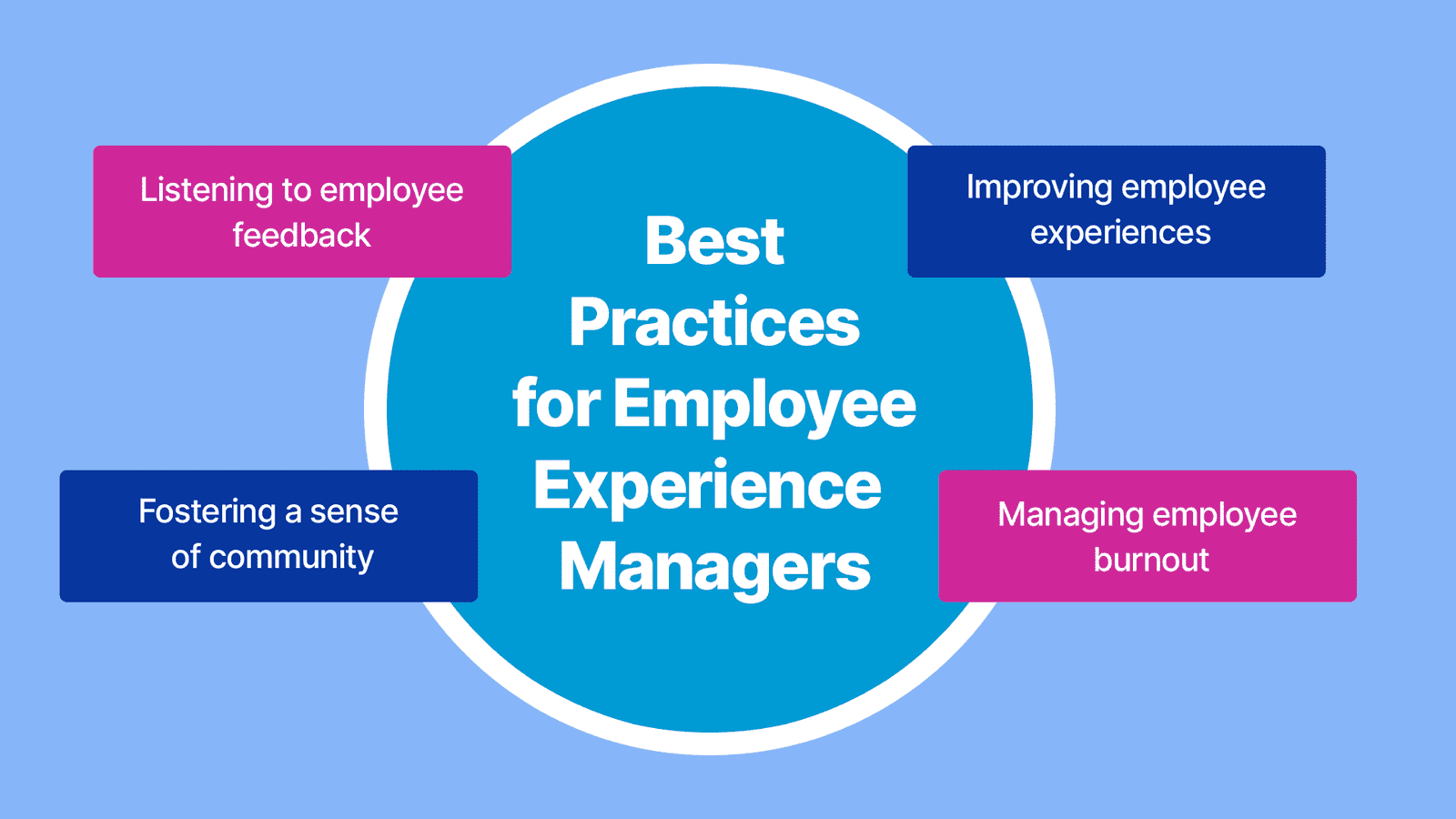A Deep Dive: Employee Experience Management Market Analysis

A comprehensive Employee Experience Management Market Analysis reveals a market that has rapidly evolved from a niche category focused on employee engagement surveys into a strategic, data-driven discipline that is central to modern talent management. A Strengths, Weaknesses, Opportunities, and Threats (SWOT) analysis provides a robust framework for understanding its core dynamics. The market's primary strength is its powerful and increasingly proven value proposition: that a better employee experience leads directly to better business outcomes, including higher engagement, lower attrition, and improved customer satisfaction. This clear link to business performance elevates it from a simple HR tool to a strategic imperative, ensuring strong executive buy-in and budget allocation. The market is also strengthened by the secular tailwinds of the global war for talent and the rising expectations of the workforce, which create a durable and growing demand. However, the market has significant weaknesses. A key weakness is the challenge of translating insights into action. Many organizations are now adept at collecting employee feedback, but they struggle to effectively act on the data they gather, leading to "survey fatigue" and cynicism among employees if they do not see tangible changes. The market is also weakened by the complexity of measuring and proving a definitive ROI, which can sometimes be a challenge for less mature organizations.
The opportunities for growth in the employee experience management market are vast and multi-faceted. The widespread adoption of remote and hybrid work models has created a massive and urgent opportunity for platforms that can effectively measure and manage the experience of a distributed workforce. There is a significant opportunity to expand beyond traditional knowledge workers and develop specialized solutions for frontline employees in sectors like retail, healthcare, and manufacturing, who have historically been underserved by HR technology. The integration of AI and predictive analytics presents a huge opportunity for vendors to differentiate themselves by offering more advanced, proactive, and prescriptive insights. Furthermore, there is a substantial opportunity to expand the scope of EX to include a more holistic view of employee well-being, encompassing mental, physical, and financial health, and to integrate these platforms with other enterprise systems (like CRM and ERP) to create a more unified view of the business.
Conversely, the market faces a number of significant and evolving threats. The most direct threat comes from the potential for commoditization as the market matures and core features like pulse surveys become standard in all major HCM suites. This could lead to price pressure and make it harder for standalone, best-of-breed vendors to compete. A more systemic threat is the growing concern around employee data privacy and the ethical use of employee data. As EX platforms collect more and more sensitive information about employee sentiment and behavior, they face increasing scrutiny from employees and regulators, and a single data breach could be catastrophic for a vendor's reputation. Finally, the market is threatened by the risk of an economic downturn, which could cause businesses to cut back on what might still be perceived by some as discretionary HR spending, despite the strong evidence for its strategic importance.
- Employee_Experience_Management_Market_Size
- Employee_Experience_Management_Market_Share
- Employee_Experience_Management_Market_Type
- Employee_Experience_Management_Market_Application
- Employee_Experience_Management_Market_Region
- Employee_Experience_Management_Market_Research
- Employee_Experience_Management_Industry
- Art
- Causes
- Crafts
- Dance
- Drinks
- Film
- Fitness
- Food
- Juegos
- Gardening
- Health
- Home
- Literature
- Music
- Networking
- Other
- Party
- Religion
- Shopping
- Sports
- Theater
- Wellness


